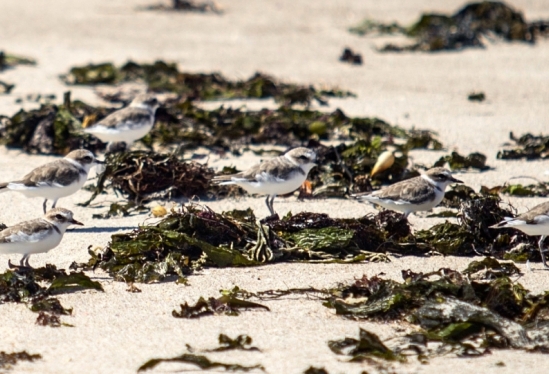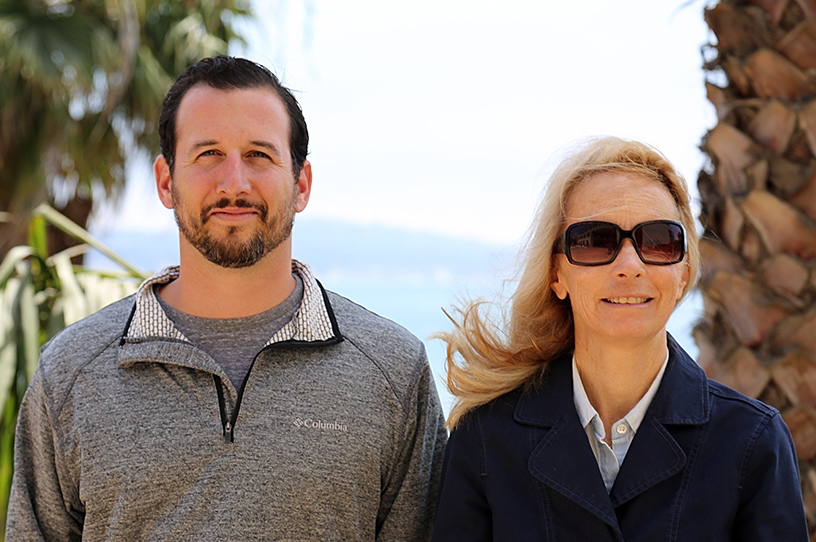Not All Wrack Is Ruin
Sea Wrack, or Kelp, Keeps the Bugs and the Birds Alive

Following the 1969 oil spill, biologist Dale Straughan was hired to begin taking beach-critter surveys in Santa Barbara and other locations up and down California’s coast, including a beach in Isla Vista. Centered at USC’s Allan Hancock Foundation, she surveyed the spots a total of 33 times and then kept all her field reports stored in her garage, until UCSB came knocking. Several marine scientists here had been doing their own surveying, overlapping Staughan’s in 13 spots, and together with her data they developed a picture of beach life — of the insect variety — from 1969 to 2011, partly. Her research stopped in 1980; theirs began in 2009.
UCSB’s Jenifer Dugan, a research biologist, and David Hubbard, an ecologist, both with the Marine Science Institute (MSI), and Nicholas Schooler, a Ph.D. student in the Interdepartmental Graduate Program in Marine Science, wanted to know how a changing climate had affected species richness. What they found out was that location mattered: Beaches that were groomed mechanically — or had the kelp removed by tractor — had fewer bugs on the beach. Those that had increasing numbers of bugs, like beach hoppers and roly-polys, had prohibited motorized vehicles, generally about 15 years ago.

The determining factor was the presence or absence of kelp, or sea wrack, which the bugs fed on. In turn, the beach hoppers fed shorebirds like plovers and sanderlings.
What the spots along Isla Vista and UCSB’s coast revealed had more to do with what lay beyond: either a cliff or dunes. The beach backed by a cliff had experienced “coastal squeeze,” or ” a narrowing of the beach and a change in sediment size that was associated with a decline in the whole community, particularly in the upper beach animals,” Schooler told UCSB’s Current.
Conversely, dunes allowed the surf to move inland and preserved the kelp and dry sand that allowed the bugs to thrive, as well as the birds that preyed on them. Dugan added that the food chain extended beyond bugs and birds: “About 45 percent of the biodiversity of Southern California’s beaches belongs to specialized upper beach species,” she said. “They play a very important role in the coastal ecosystem by providing food for wildlife, such as western snowy plovers and other shorebirds, breaking down the kelp wrack that washes ashore, and promoting nutrient recycling that then is potentially available for near-shore surf grass and kelps.”
The scientists’ findings appear in the May issue of Ecology and Evolution.



